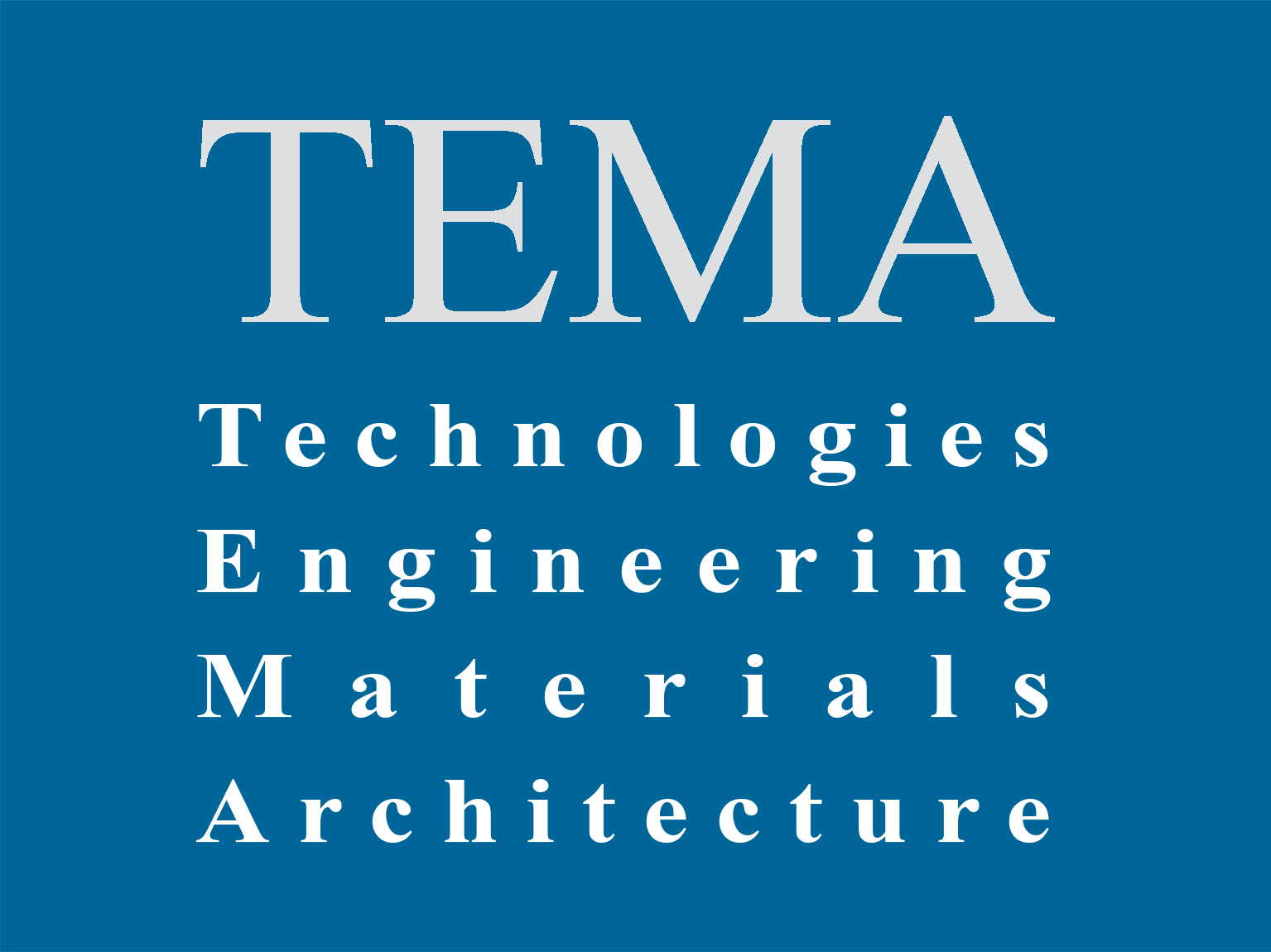Renzo Zavanella stood out in the Italian framework for the research of architectural and construction solutions, which, taking advantage of steel construction, aimed at the mass production of buildings using prefabricated, demountable, reusable elements. Zavanella’s efforts to collaborate with the manufacturing sector, which was oriented toward the massive diffusion of steel architecture in the 1950s, are not well known. Through the analysis of key buildings, this study aims to highlight this collaboration.
Between 1946 and 1958, there were two phases of the architect’s work: the first one concerned the construction of OM temporary exhibition pavilions (1946-1953); the second one, linked to the collaboration with UISAA and CECA, concerned prototypes for the assembly production of buildings. The steel structure service station (1954) represented the first project for the mass production of buildings, but the prototype was not built. The acme of this phase coincided with Expo 1958 when Zavanella developed a steel structure house project for UISAA, involved in the construction of the CECA pavilion. Budget problems forced the reduction of work; Zavanella reviewed the project for the exhibition, but the weakness of the context in which he worked manifested itself again.
The contemporary Italian construction developments confirmed the obstacles that affected Zavanella’s work. Mass-produced buildings and the idea of a steel construction available for all remained largely unimplemented.









